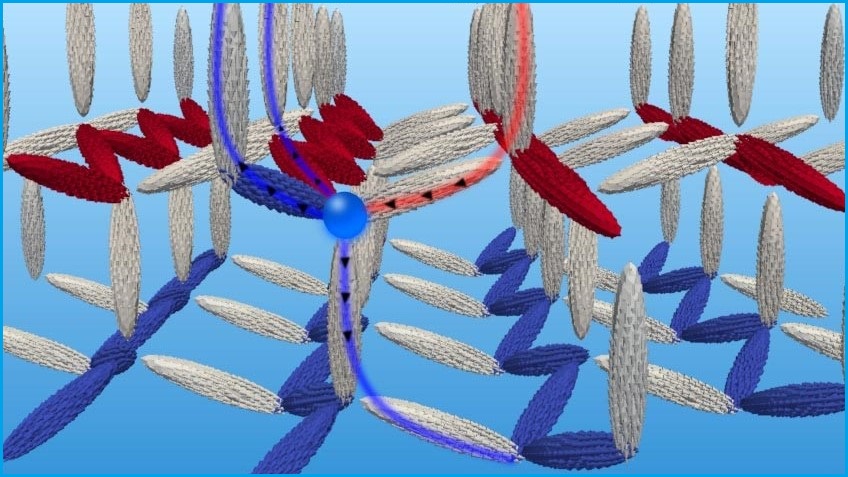3D magnetic data storage breakthrough | Information age
[ad_1]
The 3D magnetic nanorattice. Credit: Sabri Koraltan / University of Vienna
In the future, ultra-fast, low-power data storage devices could be created using 3D magnetic nano-architecture in a breakthrough that could even herald a new era in home storage. solid state.
Researchers at the University of Vienna have now designed the first 3D artificial magnetic materials that can operate at room temperature, potentially laying the groundwork for a revolutionary new generation of 3D storage technologies.
Although it is theoretical at this point, researchers Sabri Koraltan and Florian Slanovc explained to Information age that it has all the right ingredients to create a storage drive.
“These are positive and negative ‘bits’ that can be stored on vertices and moved around, which means they can be written,†Slanovc said.
Slanovc highlighted the various requirements that modern storage techniques have to meet in a range of applications and where this development fits.
“On the one hand, high storage capacities are particularly important in server and cloud storage services. There, a high density of information should be stored in the smallest possible area / volume, which should be stable over the years, â€he said.
“Currently, modern techniques such as HAMR (Heat Assisted Magnetic Recording) or MAMR (Microwave Assisted Magnetic Recording) promise an improvement in areal storage density.
“However, this density will always be limited by the absence of the third dimension.”
This shows that the inclusion of a third dimension advances the potential storage density.
“Flash drives have potentially started using multiple planar stacks to create an artificial third dimension; However, this is still limited in terms of lifespan compared to hard drives, â€Slanovc said.
In this case, since the material is 3D by default, it promises more storage density than conventional 2D techniques.
“Depending on the desired application, different techniques will be improved and optimized to be more beneficial for the user,†Slanovc explained.
Thorough research on microparticles
Using state-of-the-art micro-magnetic simulation software magnum.fe, researchers were able, for almost two years, to conduct surveys and simulations using different structures.
They finally opted for the network structure which was optimized and tested to meet the definitions required to have unbound magnetic charges.
“Further investigation has shown that these emerging particles are orientable at room temperature,” Koraltan said.
Technically, the researchers developed the first 3D artificial spin ice array harboring unbound magnetic charges.
In practice, the 3D magnetic nano-lattice consists of magnetic monopoles which emerge thanks to the increasing magnetic frustration among the nano-elements, and are stable at room temperature.
Magnetic fields do not have a point source, like the relationship between an electron and its electric field. Each magnet has two poles: south and north.
By dividing a magnetic bar into two equal parts, each of them will again have a south pole and a north pole.
Slanovc explained that there are no magnetic monopoles as elementary particles.
“However, scientists were able to artificially create emergent interactions, which behave as one would expect magnetic monopoles to behave,” he said.
Unique properties of spinning ice material
Spin ice is a class of materials that can host these emerging magnetic monopoles.
“We have designed a new network of artificial ice, where instead of magnetic bars, we have magnetic ellipsoids, and these are laid out on the same network as normal water ice.
It is optimized in such a way that the emerging monopoles are not bound and can move freely if external magnetic fields are applied, â€he said.
The ice network provides the possible paths for the mobility of unbound magnetic monopoles.
By analogy to moving an object through a maze, it is now possible to move an isolated monopole in the desired direction through the network.
“Our network is stable, so we can only move one magnetic load, and we envision that it could be used as a future data storage device.”
[ad_2]

